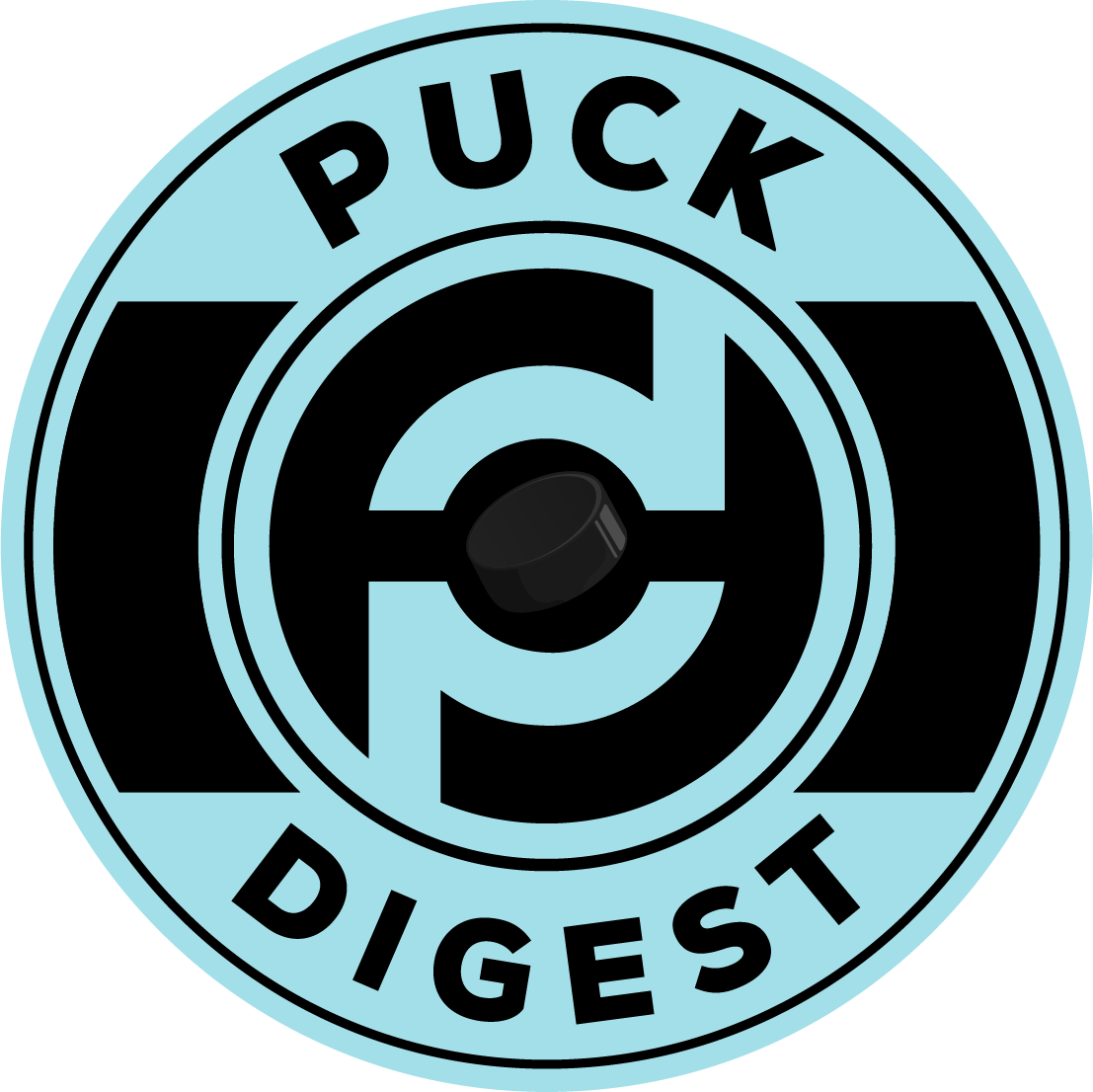A flimsy theory on why the Leafs do better against good teams, staying the course with Kallgren, and more: Leaflets
The Leafs are back, baby. Or the Leafs have won three in a row. Pessimistic or optimist, a dominant win over the Flyers, and tight victories over the Bruins and Canes in back-to-backs while losing their starting goaltender is damned impressive and largely masks the stank of the western road trip. Still, the Leafs are never as bad as the worst hockey they are playing, but never as good as the best hockey they play either. I will convey enough optimism to say they are closer to the good team than the bad but have been around long enough to know the good times aren’t going to last forever.
I’m not putting a lot into this theory yet, but he’s the general premise behind it. Good teams (like the Leafs) feel comfortable playing their style of hockey no matter what. They are going to try to set the pace for the game and dictate the play of others. This is especially heightened by the fact that the Leafs are an offense first team and need to have that strong presence because there isn’t much of a defensive game to fall back on (yet.)
Another good team is going to come out and try and do their thing too, and more often than not, the Leafs style seems to prevail and Toronto can beat the good teams around the league. Or at the very least it’s more understandable when they lose because they played a good game against a good team and were stymied.
In contrast, a bad team is built a bit more to be reactive to what is coming at them. They are much more likely to rely on simply taking away the high danger scoring areas, have to play a little tougher in the corners, and grind for any point they get. Most of these things are Leafs kryptonite and as a result bad teams actually play a more effective style of hockey to beat the Leafs.
You can kind of see how that played out in the Tampa series last year. The Leafs did well when trading chances with the Lightning when both teams were playing their game, but as soon as Tampa played a more reactive style in the series they were able to walk the Leafs back.
A lot of this is tied to my main criticism of Sheldon Keefe, that I don’t feel he has the aptitude for responding to the response to the Leafs system. His line juggling against Carolina at least gave a glimmer of hope that he’s got a few more tricks up his sleeve this year rather than hammering away with the same approach hoping it will break through, though I don’t think I’ll feel confident about the Leafs until they can regularly dominate lottery teams.
Last year the Leafs had 13 wins when they didn’t receive .900 save percentage goaltending, that was out of a total of 32 times they didn’t receive .900 goaltending. The fact that their record is bad when they are letting in more goals isn’t groundbreaking analysis in any way, but certainly hammers home the importance of strong goaltending.
Last season three of those sub .900 wins belonged to Erik Kallgren. He had a 3-4-1 record when he was sub .900, and his six other games were above .900 and the Leafs won.
So I guess what I’m saying is that there is a 50/50 shot at the Leafs getting points out of a game when Kallgren is struggling and the Leafs have shown they can respond when Kallgren gives them a chance to win, maybe forcing a trade for another subpar goaltender isn’t the best gamble at this stage, especially with having a shiny new Petruzzelli to try out and the potential of a Matt Murray return.
The name I threw out as an option previously was Anton Khudobin, and fully acknowledge that his greatest appeal is probably that acquiring him would be the Stars paying the Leafs to take him away.
It was a fun ten hours of the Leafs having 49 SPCs, and surely even people like myself who don’t like the idea of maxing out can appreciate that signing Keith Petruzzelli was a necessity.
Of course, having that SPC to sign Petruzzelli is entirely the point of not maxing out SPCs and it would be nice to see if the Leafs can find a way of unburdening themselves of one more contract in the near future so they are prepared for the next disaster.
The names that seem to stick out in the unload them for future considerations category are probably Pavel Gogolev (who has struggled to establish a pro offensive game) and Mac Hollowell (an older defensive prospect who doesn’t look close to the NHL). If over the course of the season there are injuries around the AHL, you’d hope the Leafs might help out the competition to help themselves.
Beyond that, it’s still entirely possible the Leafs are trying to find the right fit for Wayne Simmonds, and there may come a point when Toronto has to waive a defenseman and it’s entirely possible one of those players is claimed.
For now, I’ll go back to daydreaming about seeing 49 out of 50 when looking at the Leafs contract page.



